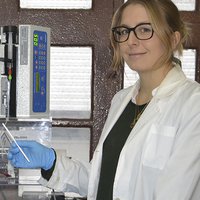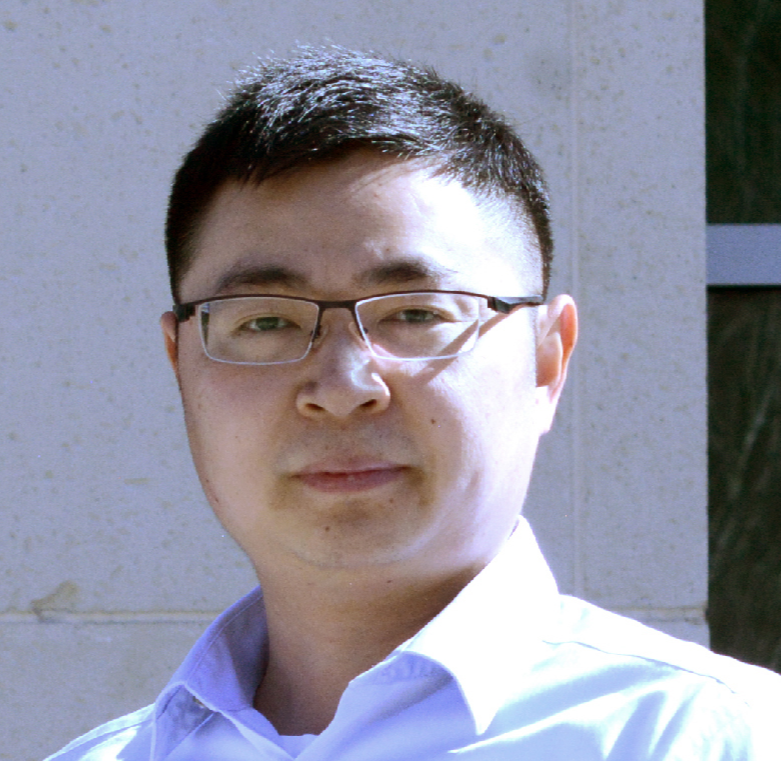In September 2017, “Rubber Stretchable Electronics” and “Artificial ‘Skin’ Gives Robotic Hand a Sense of Touch” was the subject of many scientific articles. Hailed as the future of electronics and robotics, the man behind this breakthrough research is Cunjiang Yu, Assistant Professor of Mechanical Engineering at the University of Houston.
In their paper published on Science Advances, Cunjiang and his team described a stretchable rubber semiconductor material, and novel electronic components and sensors made from this material. The semiconductors are assembled into nanofibers and made into rubber composites with the electrical characteristics of the semiconductor material and the mechanical properties of the rubber.
Rubber semiconductors will greatly advance the development and application of flexible and stretchable electronic products such as artificial skin, biomedical implants, artificial limbs and surgical gloves. In Cunjiang’s research, by having the artificial skin wrapped or worn on robotic hands, it can clearly feel different temperatures, and also automatically translate sign language and gestures.
Ever since the year 2000, flexible and stretchable electronics have been one of the hottest areas of research in the world, with the potential to revolutionize the global electronics industry. Presently, research in this field is mainly focused on designing the mechanical structure of semiconductors and electronic components to achieve stretchability. Cunjiang’s research represents a huge breakthrough in the field of flexible, stretchable electronics.
Cunjiang’s research has the chance to break through long standing limitations of semiconductor materials. Rubber semiconductors and rubber electronics will further drive technological changes in the fields of electronic materials, electronic devices and flexible electronics. It will change the traditional definition of electronic materials, and further promote the development of new types of materials such as stretchable conductors, semiconductors, and ion conductors. Rubber electronics will drive the development of new types of electronic devices, from stretchable transistors, diodes, optoelectronic devices, to various types of sensors, large-area electrodes, wearable flexible fabrics, and skin sensors.
For the next phase of his research, Cunjiang will focus on expanding rubber electronics into a whole new field of research. He hopes to apply his findings in rubber electronics to flexible electronics, wearable technology, artificial intelligence, human enhancement, health monitoring, implanted medical devices, artificial limbs, artificial skin, and new Human-Computer Interaction and other related fields.
Through breakthroughs in materials and innovative applications, Cunjiang wants to create not only artificial skin that can perceive temperature, but also a world that breaks through existing material limitations and allows emerging technologies to demonstrate their application in a world with temperatures.




